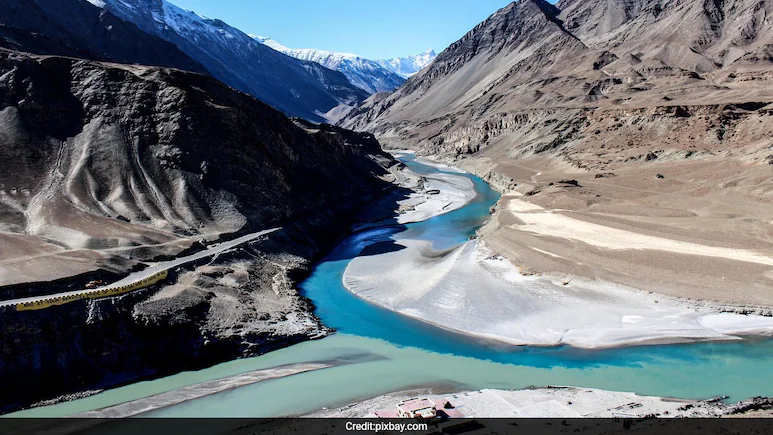Pakistan is grappling with an escalating water crisis as the nation endures an unrelenting heatwave and dwindling inflows in the Indus River system, leaving vast regions parched and sparking widespread concern among agricultural, governmental, and environmental quarters.
This summer has seen temperatures soar above 48°C (118°F) in many areas, including Sindh and southern Punjab, placing unprecedented stress on water resources. The Indus River, which sustains nearly 90% of Pakistan’s agriculture and provides drinking water to millions, is witnessing a dramatic reduction in flow levels—prompting authorities to sound the alarm on a potential catastrophe.
According to the Pakistan Meteorological Department (PMD), the country is currently experiencing one of its hottest summers on record. Coupled with the low snowfall in the northern areas and reduced glacial melt, the water levels in major reservoirs such as Tarbela and Mangla have dropped to historic lows. As of May-end, the Indus River System Authority (IRSA) reported a water shortfall of nearly 35%, impacting irrigation schedules for the ongoing Kharif crop season.
“This is not just a seasonal variation,” warned Dr. Ghulam Rasul, a climate expert and former chief meteorologist. “It is the manifestation of climate change and poor water management. Pakistan’s water security is now at a critical juncture.”
Experts attribute the crisis to several converging factors. Firstly, India’s construction of dams along the western rivers—especially on the Chenab and Jhelum—has raised concerns about reduced water flow to Pakistan, a matter governed under the Indus Waters Treaty of 1960. While diplomatic channels remain open, Pakistan has repeatedly voiced concerns about upstream water usage.
Secondly, the lack of efficient water storage infrastructure continues to compound the crisis. Pakistan currently stores less than 10% of its annual river flow—far below the global average. Despite multiple proposals for new dams, progress has been hampered by bureaucratic delays and political wrangling.
In rural Sindh and Balochistan, the consequences are already visible. Reports indicate that farmers are abandoning fields, livestock deaths are rising due to dehydration, and groundwater tables are plummeting. In urban areas like Karachi and Lahore, water rationing has intensified, and tankers charge exorbitant rates, leaving the lower-income population struggling.
The federal government has called an emergency meeting of the Council of Common Interests (CCI) to address the situation. Officials from IRSA, WAPDA, and the Ministry of Climate Change are expected to present mitigation strategies, including better inter-provincial coordination and public awareness campaigns on water conservation.
Analysts suggest that Pakistan must urgently prioritize water governance reforms, including rainwater harvesting, modern irrigation techniques, and wastewater recycling. International cooperation, particularly with India and Afghanistan, will also be key to managing transboundary water resources more sustainably.
In conclusion, Pakistan’s water crisis is no longer a looming threat—it is an immediate national emergency. As the country faces the dual challenge of climate-induced water stress and geopolitical water dynamics, swift and decisive action is imperative to safeguard the livelihoods of millions and the future of its agrarian economy.



